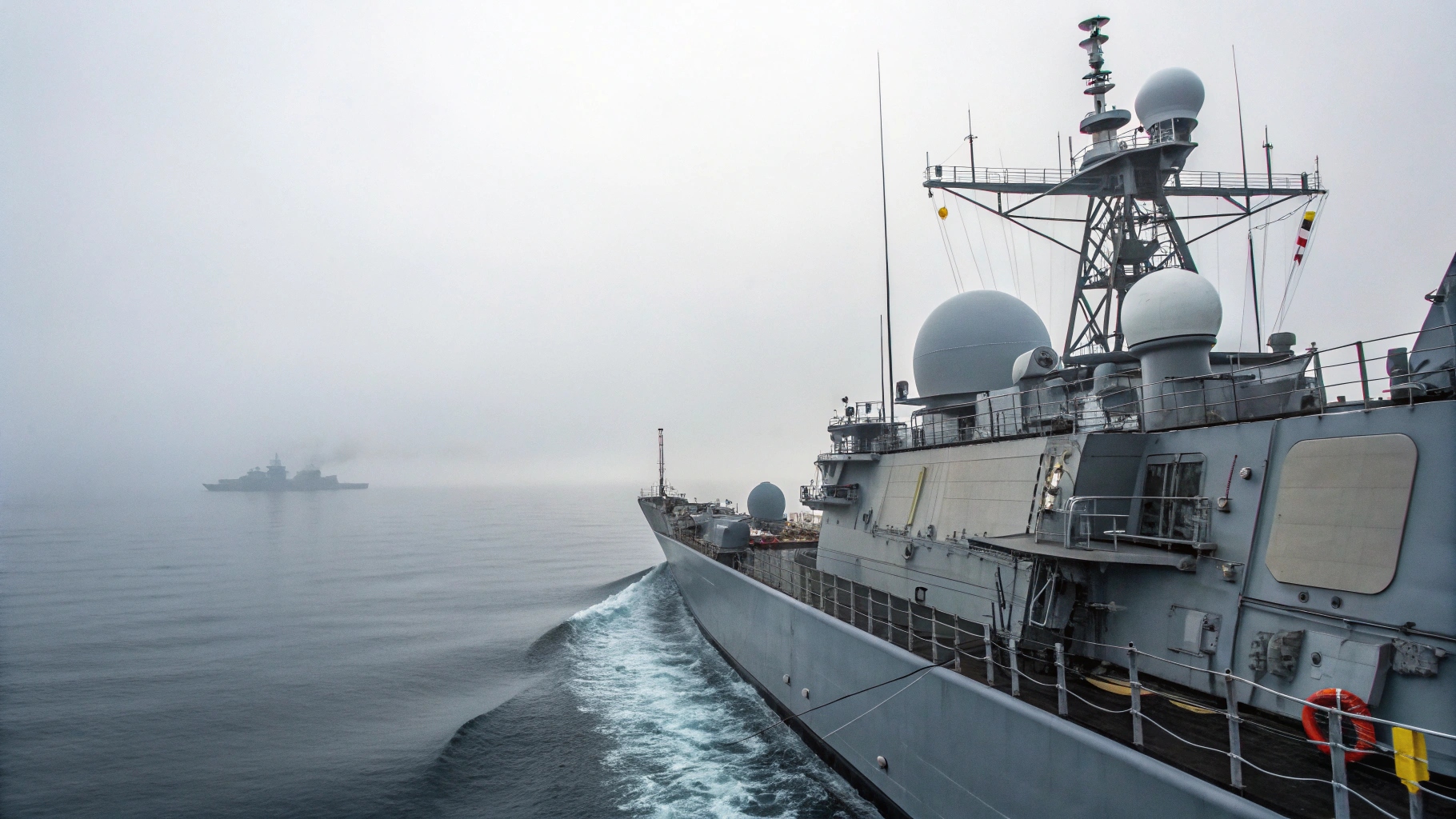
A collaborative effort involving Huntington Ingalls Industries (HII), the Woods Hole Oceanographic Institution, and the US Navy has successfully validated the compatibility of the REMUS 620 unmanned underwater vehicle (UUV) with Virginia-class submarine weapon handling and torpedo tube systems. This achievement followed a complete dry run of the Shock and Fire Enclosure Capsule (SAFECAP) in the Virginia-class Cradle Payload Integration Facility using the Mk71 torpedo tube. SAFECAP plays a critical role in ensuring the safety of lithium-ion batteries during both launch and recovery phases. This verification marks a significant step towards the REMUS 620 undergoing in-water end-to-end launch and recovery trials at a US Navy site later this year. The integration of UUVs with submarine systems is vital for extending the vessel’s mission capabilities, enabling remote operations like intelligence collection, surveillance, and mine detection. Currently, such tasks require human-involved systems like dry deck shelters, which only a few submarines can accommodate. Though UUVs can be launched via torpedo tubes, recovering them remains a challenge. Developing torpedo-tube compatible launch and recovery for UUVs offers enhanced operational flexibility and reduces risk to personnel. The REMUS 620 is a 3.1-meter (10.2-foot) UUV capable of reaching depths of 600 feet (183 meters). It offers up to 100 hours of endurance and can travel 275 nautical miles (509 kilometers). Its modular architecture allows for various mission payloads including mine countermeasures, hydrographic surveying, surveillance, intelligence gathering, and electronic warfare, making it a highly adaptable platform for undersea operations.





